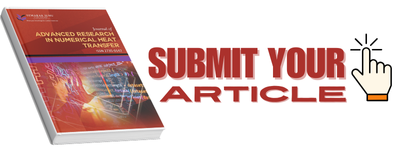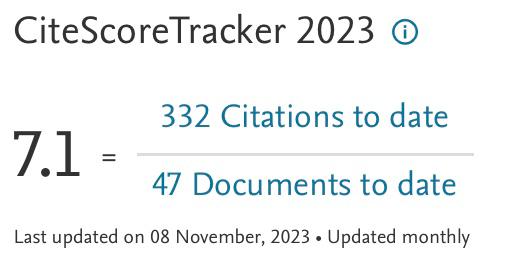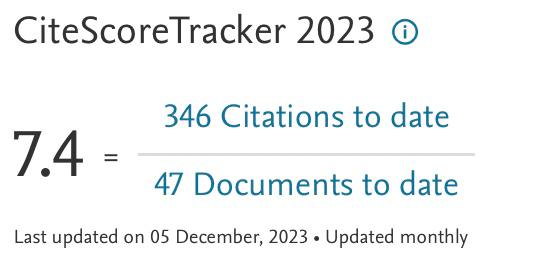Simulation of Hydrogen Fuel Combustion in Neon-oxygen Circulated Compression Ignition Engine
Keywords:
equivalence ratio, heat loss, heat release rate, Ignition delay, noble gasAbstract
The elimination of NOx emissions for hydrogen combustion in the compression ignition (CI) engine is the primary concern, therefore replacing nitrogen with noble gas is one of the solutions to the eliminated the NOx emission. Current research trend focuses on oxygen-argon as the most suitable working. When using argon, external heating for intake is required for low compression ratio (CR) engines. Hence, neon is another potential solution because it has a high specific heat ratio that is as high as other noble gasses with the specific heat capacity, Cp, which is almost identical to nitrogen. This advantage pointed to neon as the best nitrogen replacement option. This paper aims to study neon-oxygen as the working gas for stabilization of the hydrogen ignition with the standard ambient intake condition. In addition, the optimum intake temperature and suitable CR was also determined from the analysis of the combustion properties. A computational analysis was performed using Converge CFD software with specific initial temperature and CR conditions base on Yanmar NF19SK engine. The study showed that the mean initial hydrogen temperature in the neon-oxygen atmosphere was lower than that of oxygen-argon. However, the initial minimum temperature needed for compression ratio 10:1 is 310 K, with a slightly unstable ignition. The most suitable initial temperature is at 340K. For higher CR, external heating on intake gas is no longer required; hence the engine output was increased. Neon-oxygen is available in CI engine hydrogen combustion at a higher compression ratio with no modification. Analysis of the injection parameters and control of heat loss in the neon-oxygen atmosphere is needed for hydrogen combustion strategies for this type of engine.






















